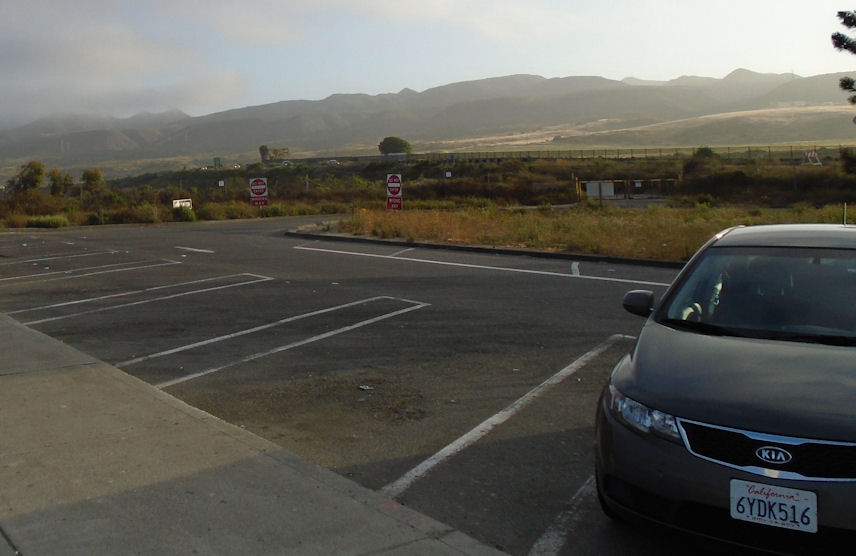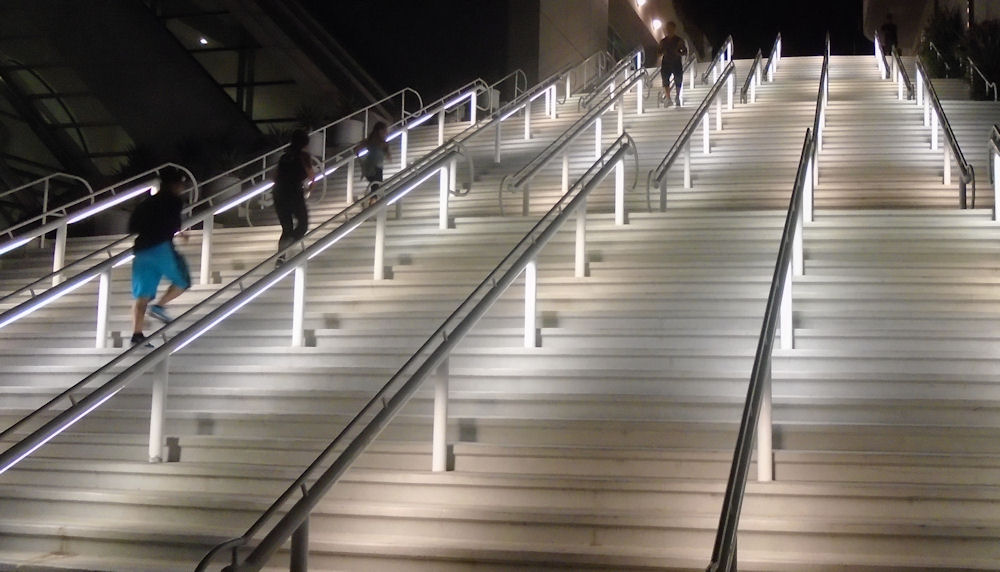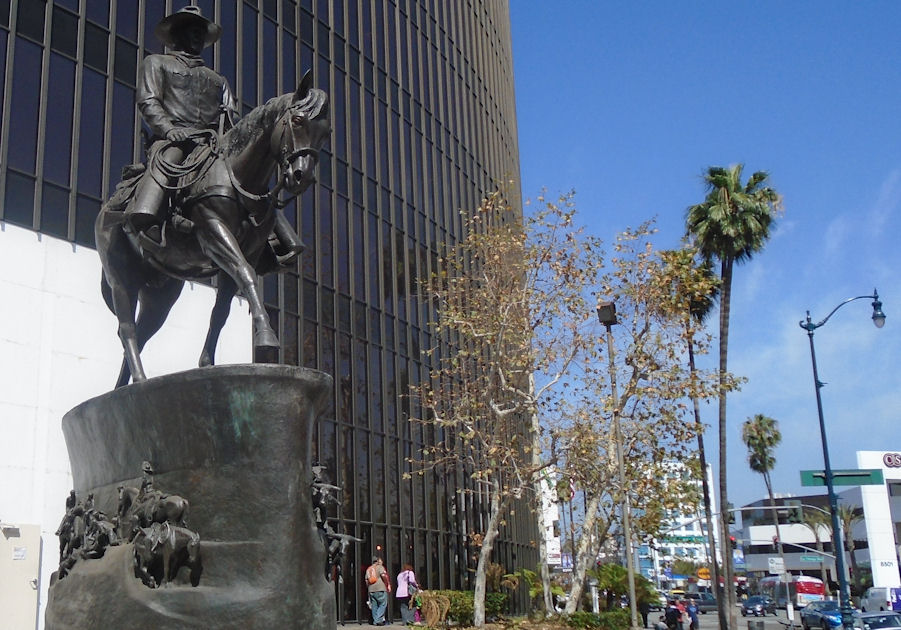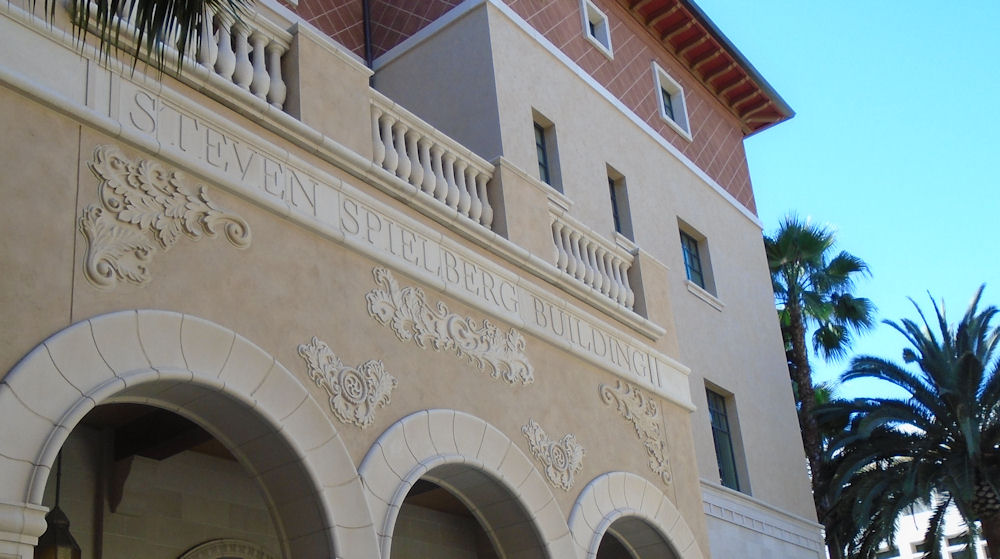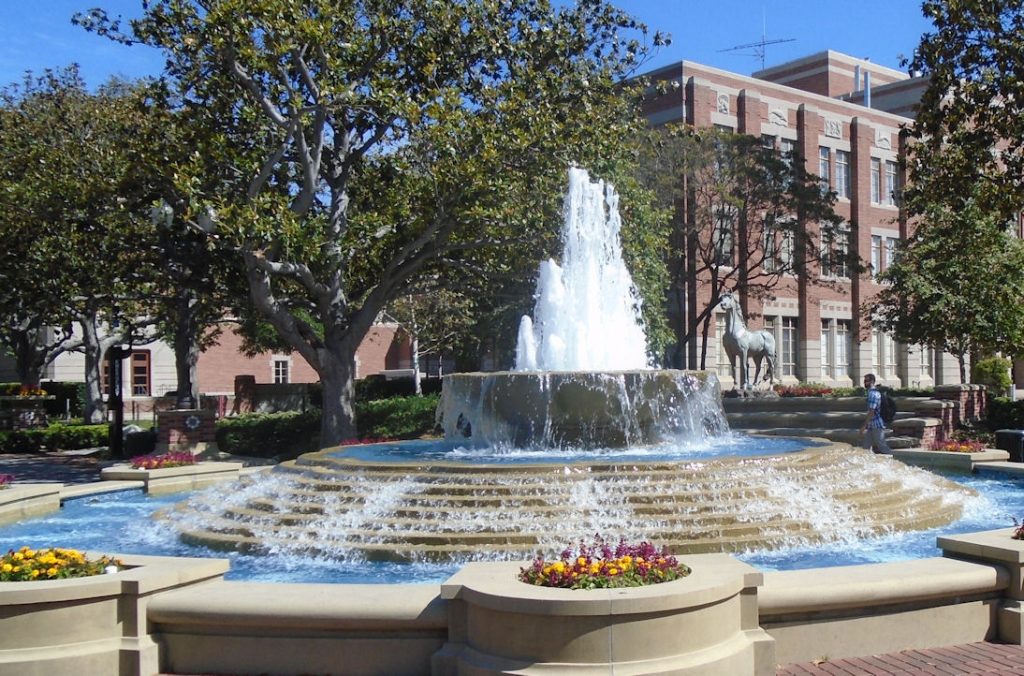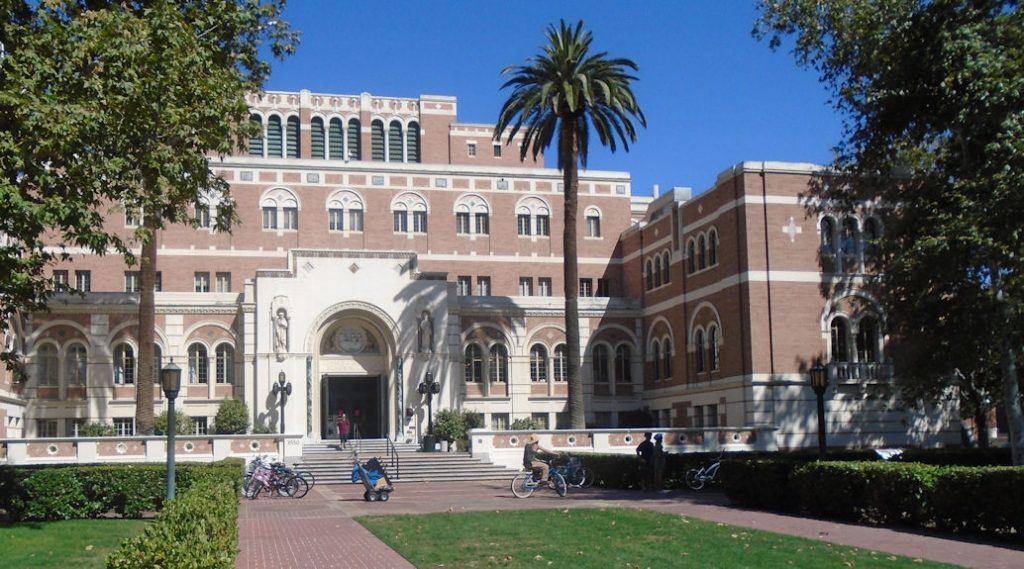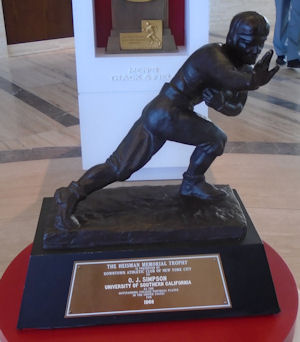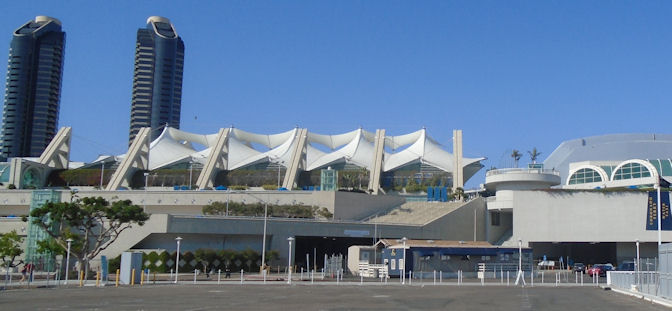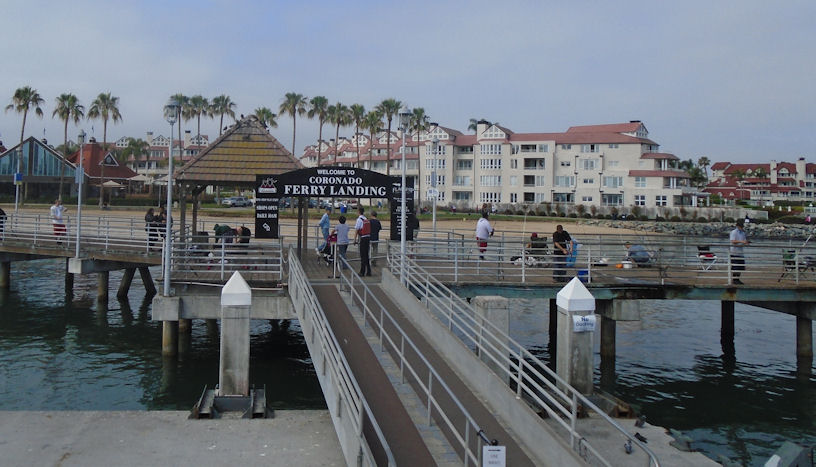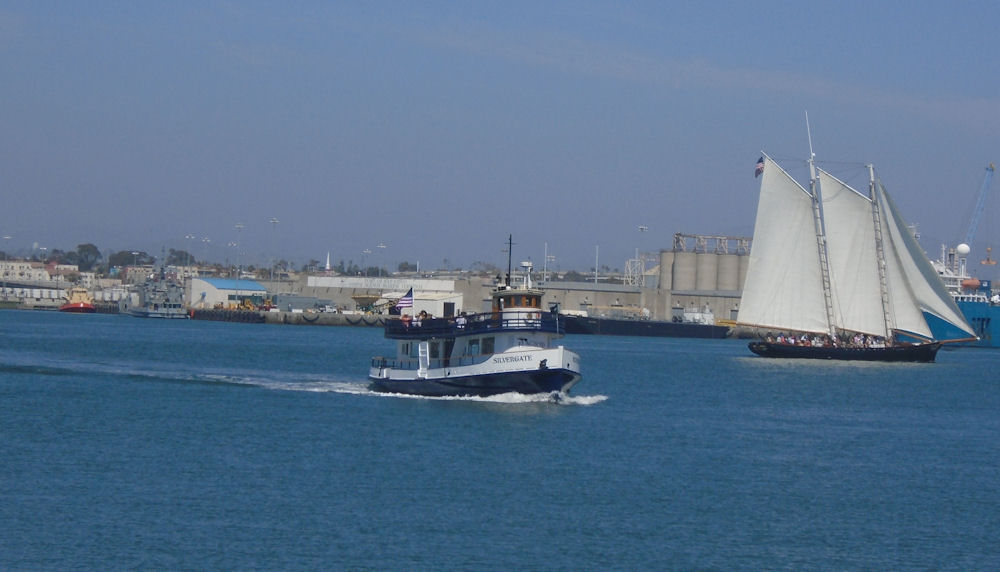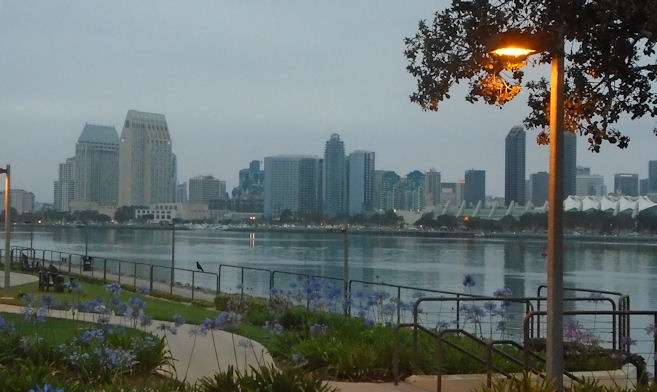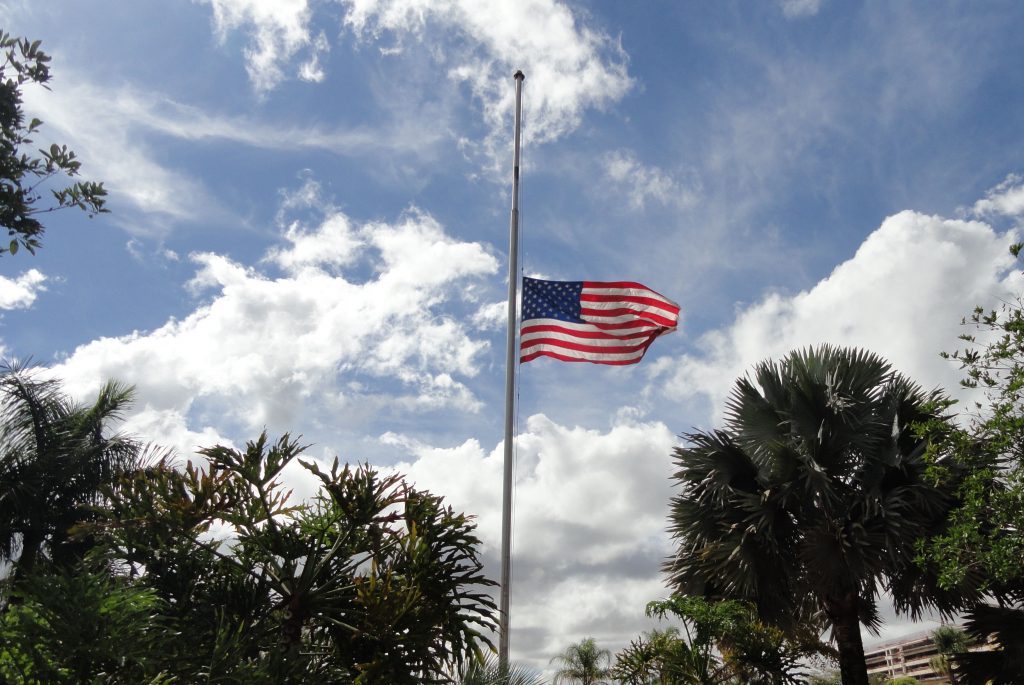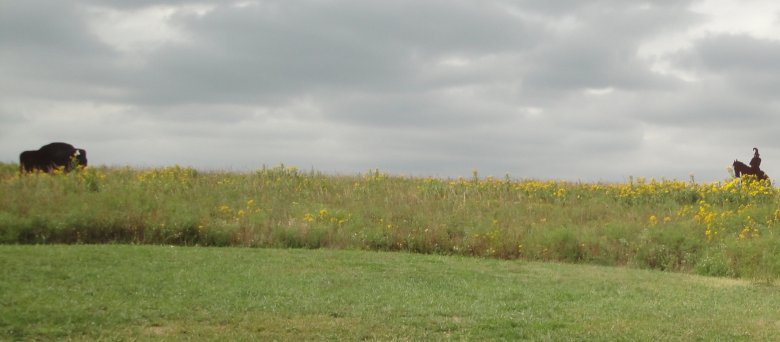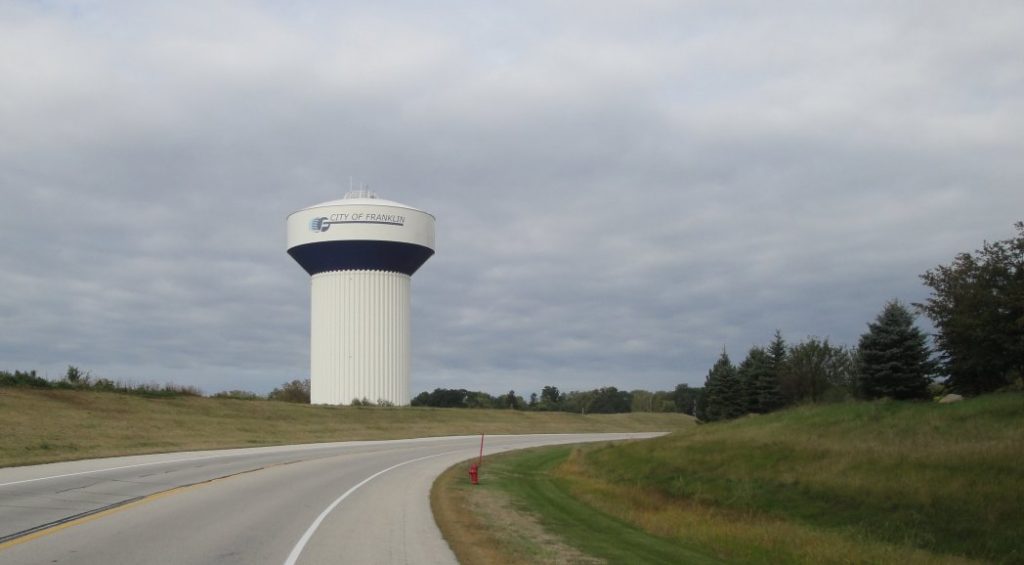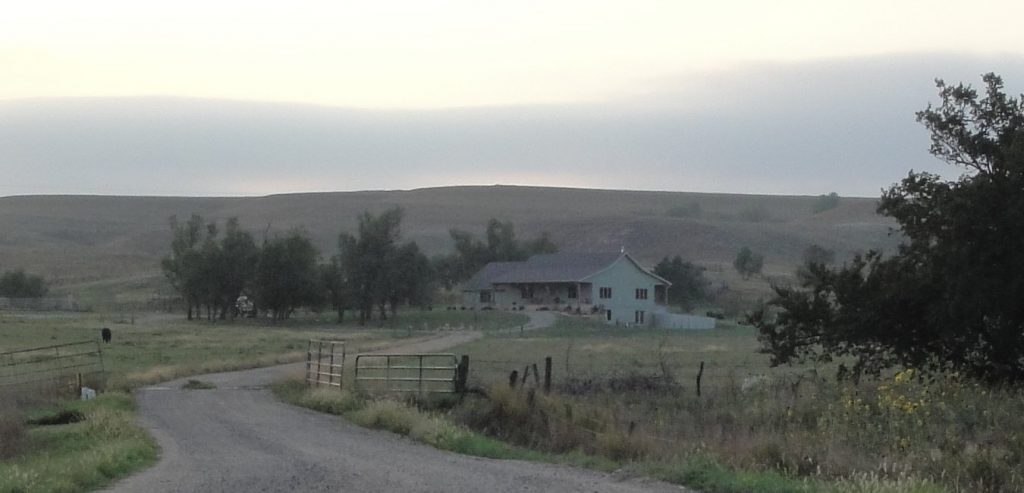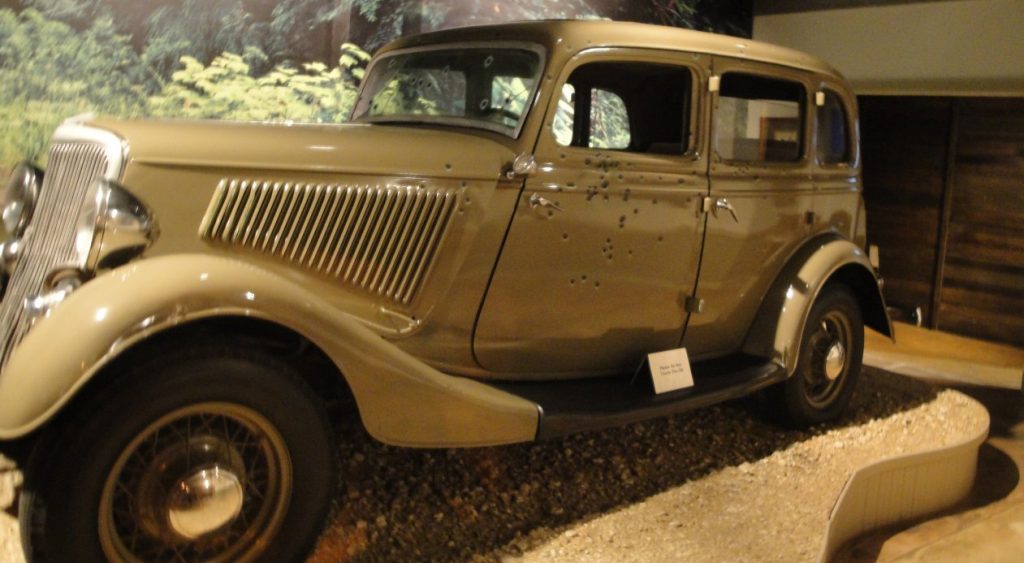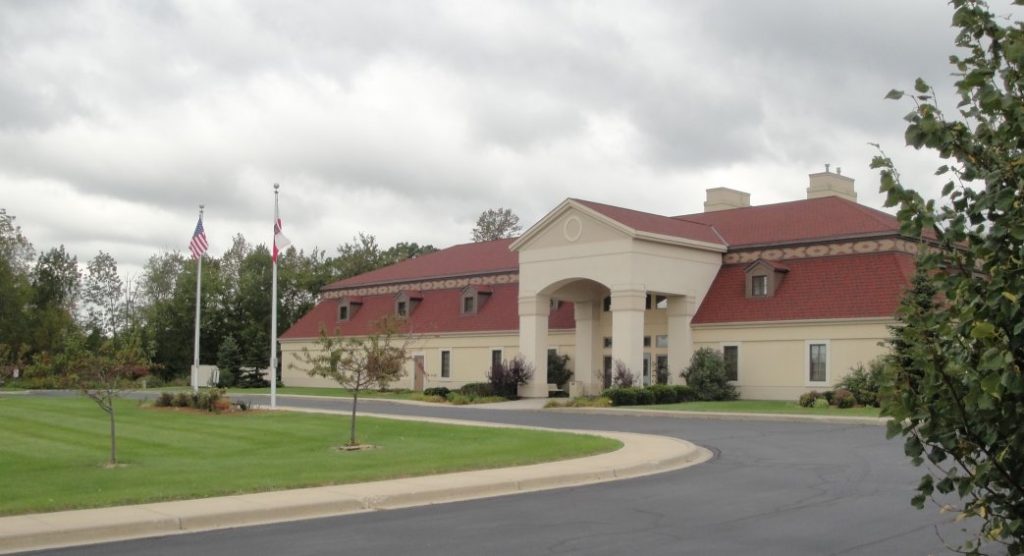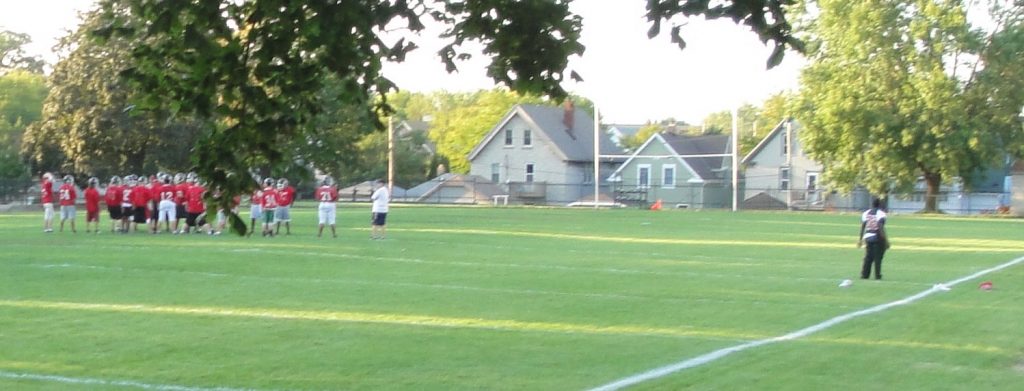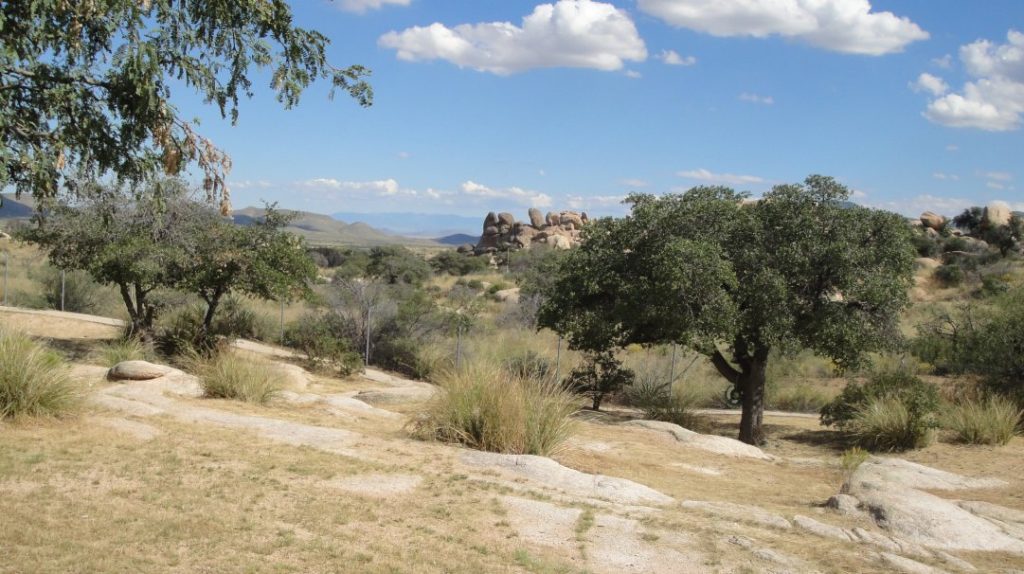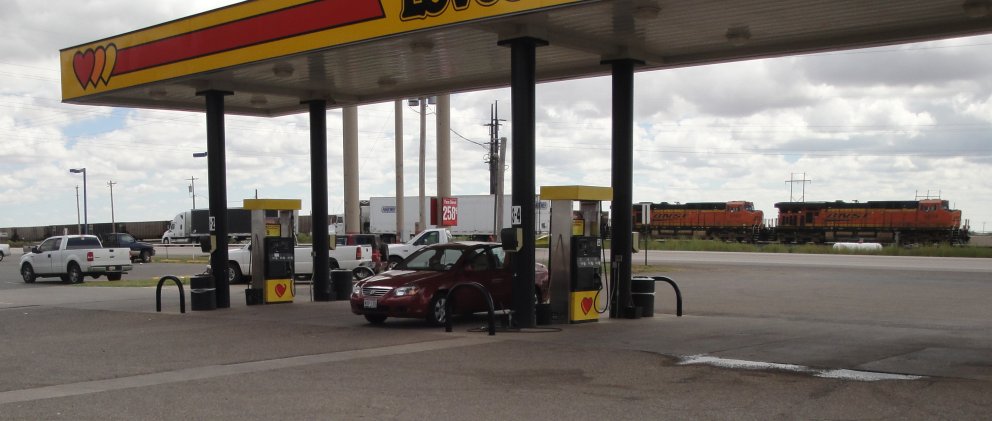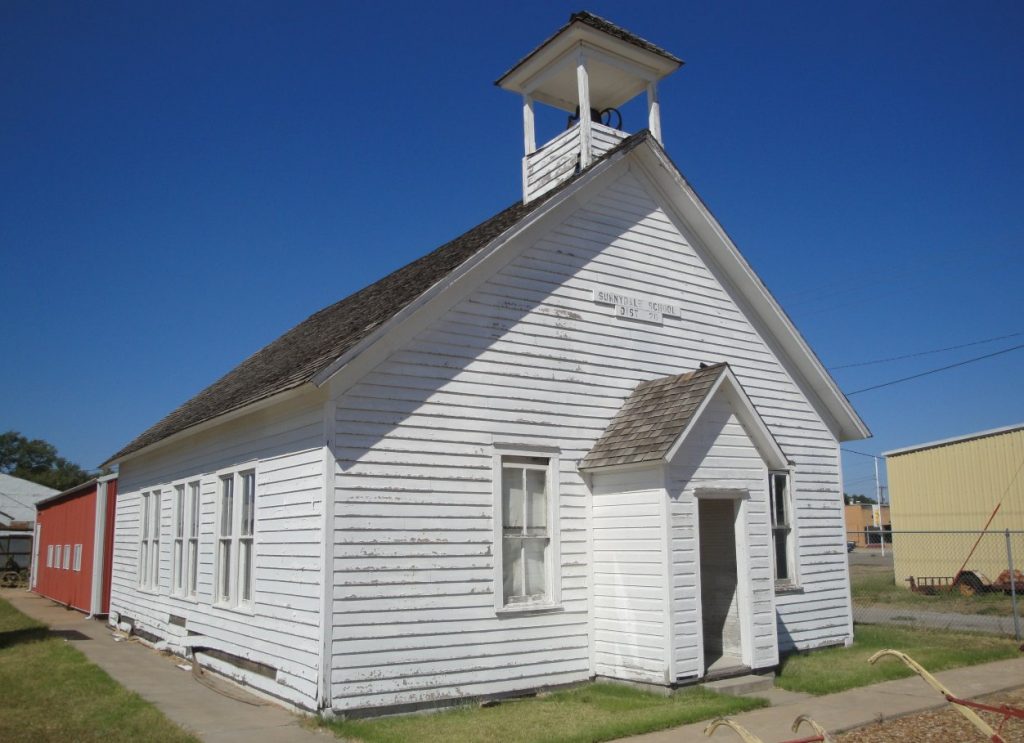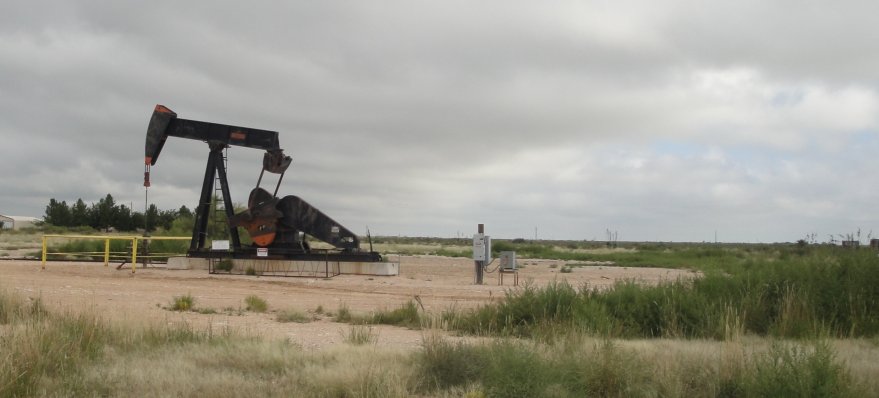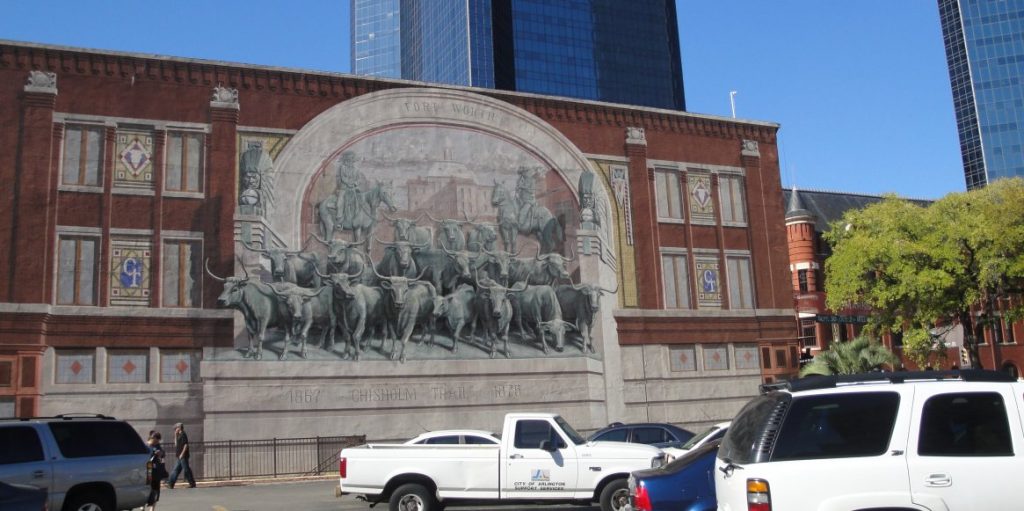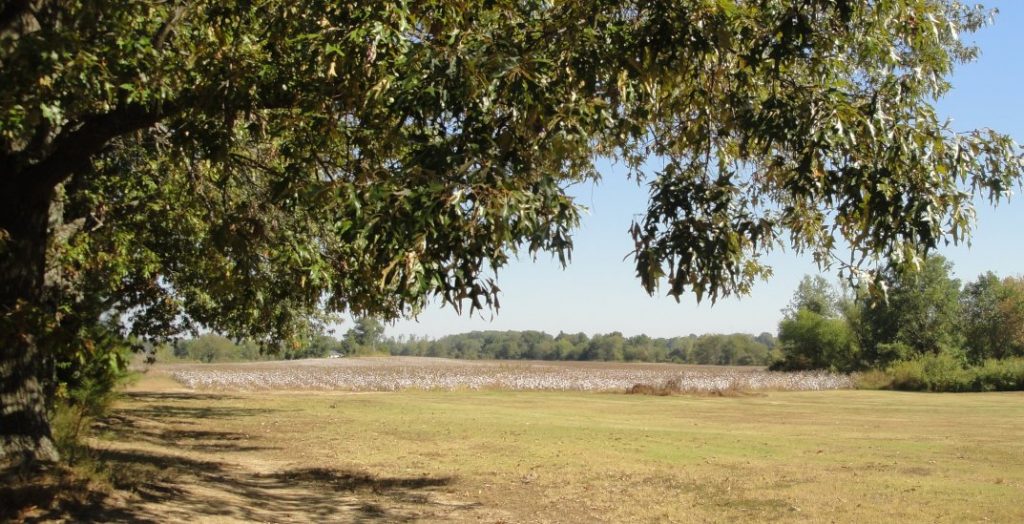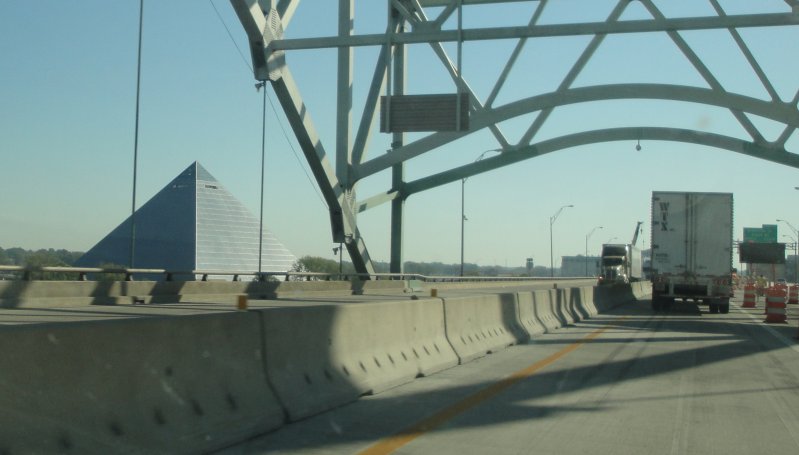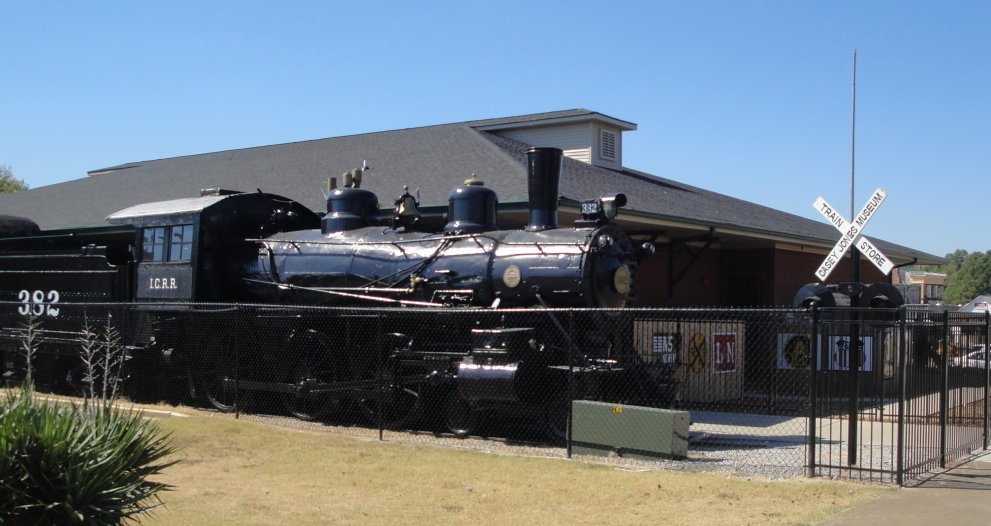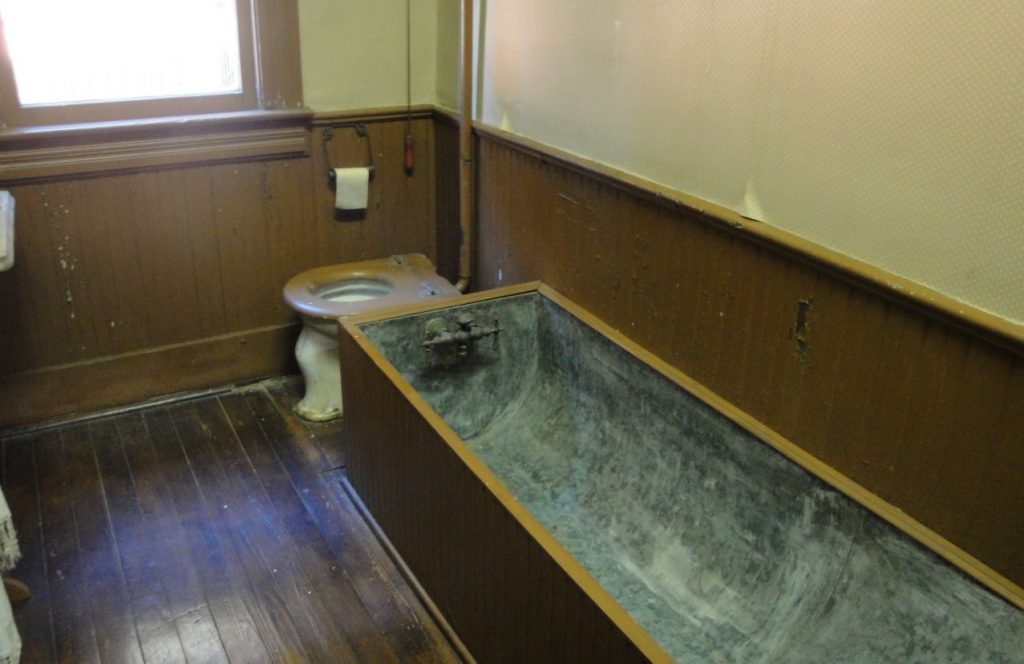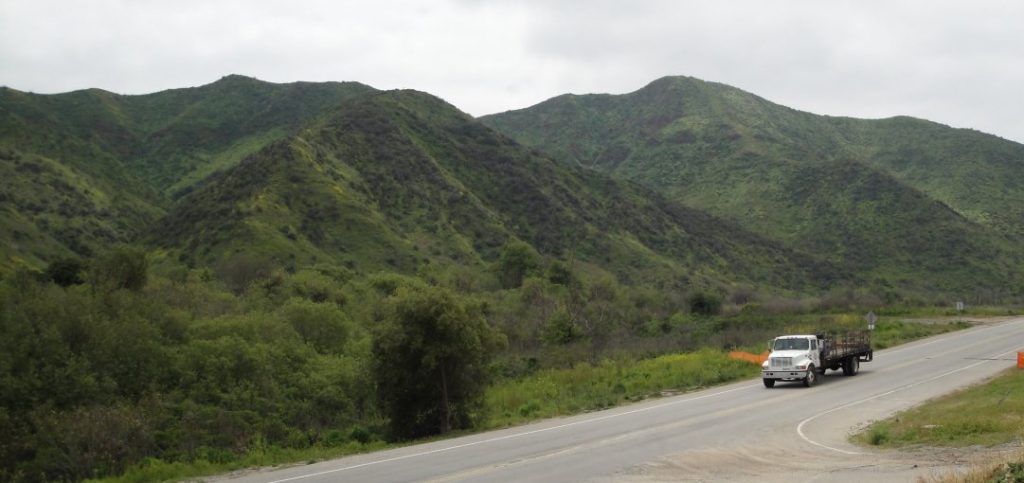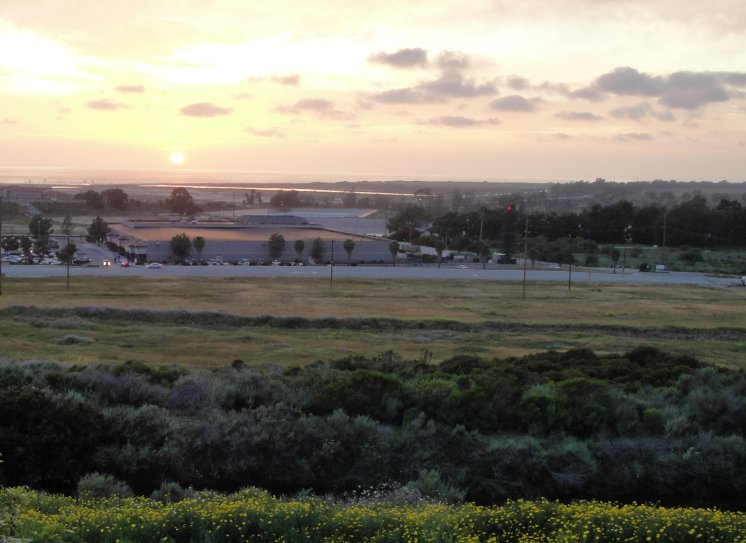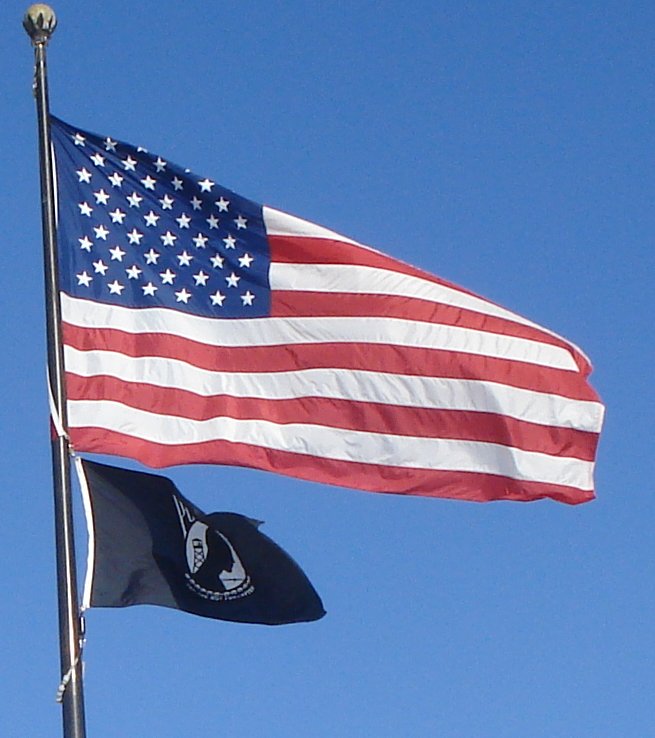When I was first in the Foreign Service, I was embarrassed that I did not know my own country. So I have always tried to get to know America again whenever I had the chance. It always renews my love of the United States and our people. American diplomats should have a boots-on-the-ground acquaintance with America. It changes enough that you have to go back a lot. I am trying to recall how many times I have gone across most of America, not counting flights. I think it has been five times. Once from California over the northern route, we did most of that on Amtrak. We went from Seattle twice, once south through Utah and Nebraska and from Spokane north through Idaho and South Dakota. We drove from Phoenix through the middle south and I drove from Washington to Phoenix through Wisconsin and then back along the south. I drove maybe a dozen times from DC to Wisconsin. And in August Chrissy & I will make a big circle across the north and then back though the south. We want to make a special point this time of seeing tall grass prairies, Yellowstone, Brice Canyon and Oxford & Elvis’ house in Tupelo, Mississippi. Other than that, we rely on sweet serendipity.
The State Department set up some speaking engagements for me on one of my trips. I talked at Rotary Clubs and international clubs and learned a lot. I was in Amarillo, Texas talking to a group of cowboys and ranchers and I realized I was out of my league. They asked about international trade and I deployed the usual State Department platitudes. But these guys knew international trade. The success of their ranches and farms depended on it. I realized that my fancy-pants education needed some real world leavening and I have been seeking it ever since. I try to ask more than I tell these days.
I hate it when educated fools – unfortunately often people like me – denigrate “ordinary” Americans. They talk about “fly over country” or “rednecks.” They wonder loudly why “those people” think as they do, make special efforts to point out the worst. It is a myth, a caricature. My experience with real Americans is that my people are among the friendliest and most open people in all the world. They know what they need to know, as the cowboys in Amarillo taught me, or the gas drillers in Dakota or my neighbors near the tree farms. I am looking forward soon to learning some more.
I will be back in the U.S. in August. The State Department, in its wisdom, gives me a month of “home leave.” Home leave is statutory. Congress doesn’t want American diplomats to stray too far from our roots and the people who pay us so they require we spend some quality time with America. The law is that we have to spend non-working time in America, i.e. we cannot go anywhere else, and I think that is just fine. I love to wander the U.S. I really have a great job. They “make” me do what I want to do. So I am finishing up in Brazil and soon to be back in the U.S.
The lines from TS Eliot come to mind, “We shall not cease from exploration, and the end of all our exploring will be to arrive where we started and know the place for the first time.” But I don’t think we ever really know the place. That is what keeps life fresh.
My Smithsonian job starts on September 1. That will be a new adventure.

